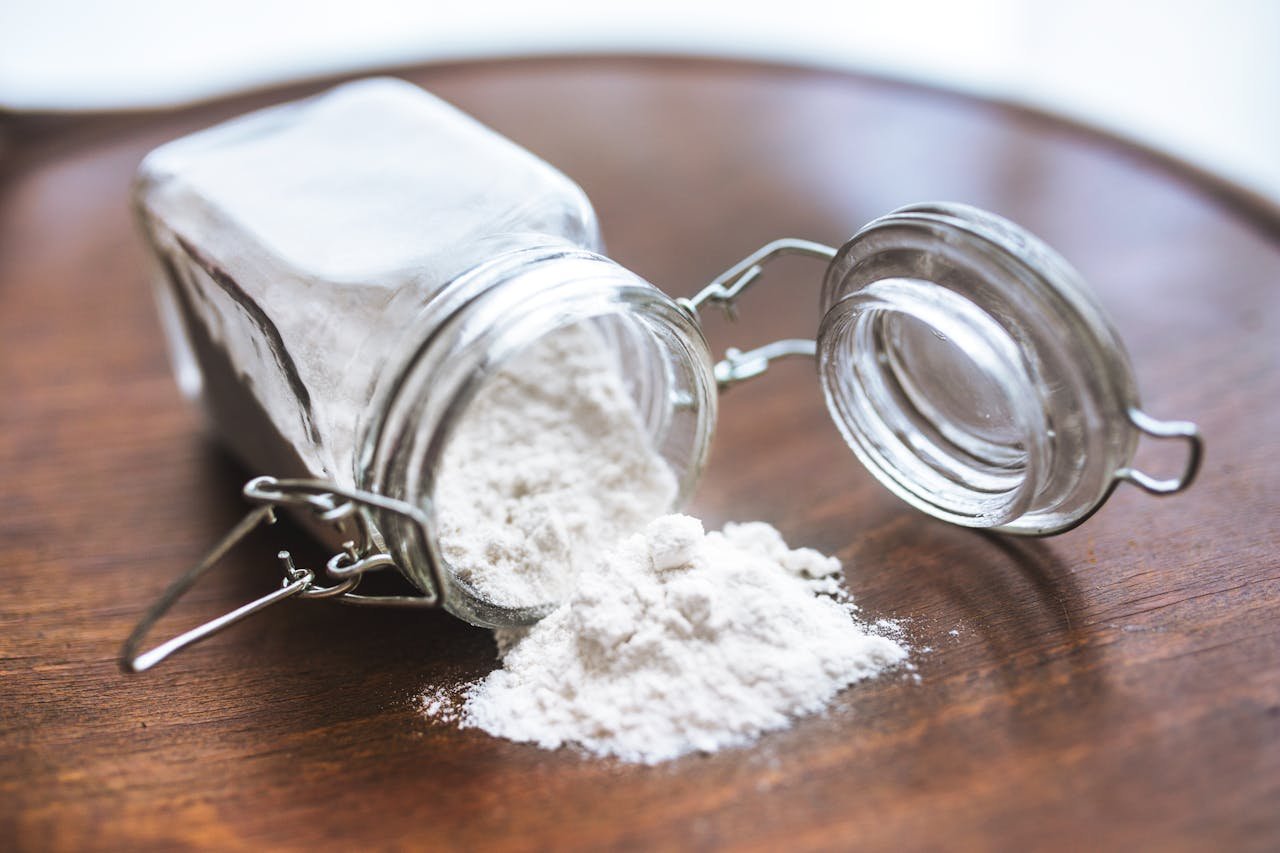Health Risks Of Grain Preservation and Preparation
Photo by kaboom pics @ Pexels
You could say I am somewhat like the canary in a mine. You know, the one they send in to see if the air is safe for workers. It seems if I eat anything that is not beneficial, I’ll feel it somewhere in my body sooner or later. When I get odd feelings in my body, I stop and try to figure out what I’ve consumed that is new in my diet. It’s been my experience, most of my physical discomforts can be traced back to food I’ve consumed.
After starting to eat a simple flat bread with no more than five or six ingredients, I was guided to research one of its ingredients. One thing then led to another. I found out the calcium propionate—an antifungal—added to this otherwise healthy flatbread is what had caused me distress in the form of a jab in the stomach area. After I stopped eating it, the pain went away. Livestrong reports this additive not only has the potential to permanently damage your stomach lining, it’s linked to migraine headaches and behavioral changes in children.
“It’s only by reading the food labels that consumers can learn about food additives and preservatives incorporated during processing,” – Reflection of Selection.
What else is there to know about the subject of bread preparation?
With the industrialized revolution came the iron and steel rolling mills replacing the ancient practice of stone milling of grains to make flour. Milled wheat flour is actually yellow. If left to age naturally, it turns white and is preferred for baking. Peroxides are used to speed up this process. The European Union (EU) has banned the use of benzoyl peroxide utilized for many decades to bleach flour.
Is Unbleached Flour Healthier?
Unbleached flour is not always healthier, especially when potassium bromate—or bromate—known to cause cancer in rats and mice has been added to it. It’s important to note that although potassium bromate is still legal in the US, its integration into food preparation occurred before there were regulatory agencies in place to assess its safety. The state of California has gone ahead and signed a bill banning food additives beginning in 2027.
There are serious health risks implicated with regular consumption of potassium bromate. The preservative has been banned in Brazil, Canada, China, the EU, and other countries. Organic breads are a safer bet when it comes to potassium bromate. They are not allowed to contain any.
The Processing of White Rice Diminishes its Value
Rice—a major staple—in many cultures’ diets is a grain that is white when most of its nutritional value is removed. The grain is stripped of its husk and germ containing the greatest number of vitamins and minerals. The bran—fiber—is also removed. Polishing of this grain reduces the vitamin and mineral value and protein content.
It’s been noted that some countries are still bleaching their rice to repel bugs and mold to extend shelf life.
At first glance, it appears the many people who regularly consume white rice are no worse off for it than those who consume other varieties. Many prefer the taste, texture, and look of white rice. Although cheaper to buy, there’s a risk of B1/thiamine deficiency when eating too much white rice. Brown rice is a preferred choice for its higher nutritional value.
Over-processing foods for convenience, aesthetics, or whatever the case may be compromises the integrity of their nutritional content.
Even when choosing healthier food options, we still need to check out any added ingredients. Just because many of the names of ingredients may seem natural, such as the case with calcium propionate, it doesn’t mean it is good for our bodies. It’s important to stay vigilant and informed when it comes to what we ingest especially if we are suffering from any digestive issues. It is estimated that 40% of Americans suffer from bowel issues, with 100 million ambulatory care visits annually due to gastrointestinal (GI) symptoms.
